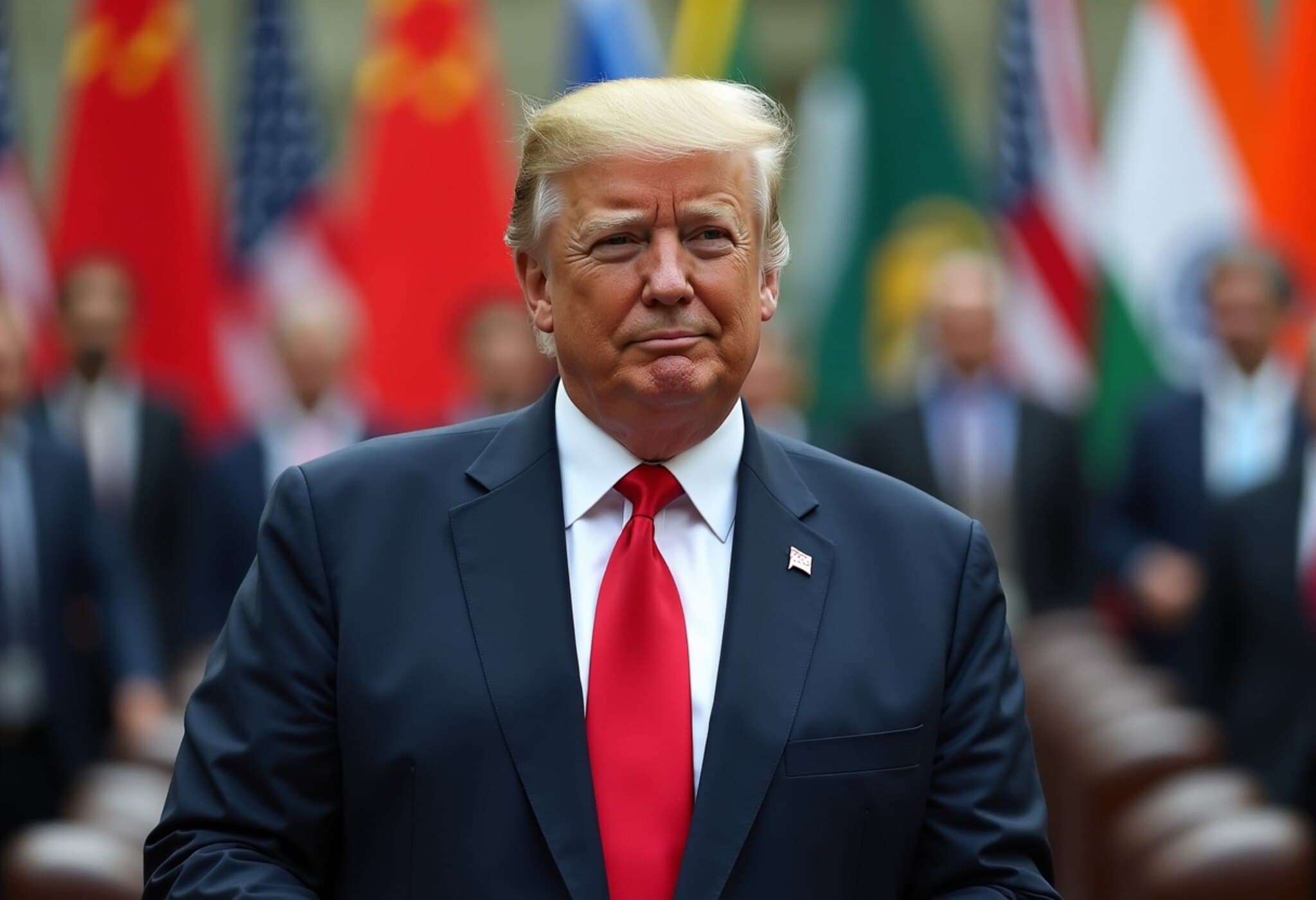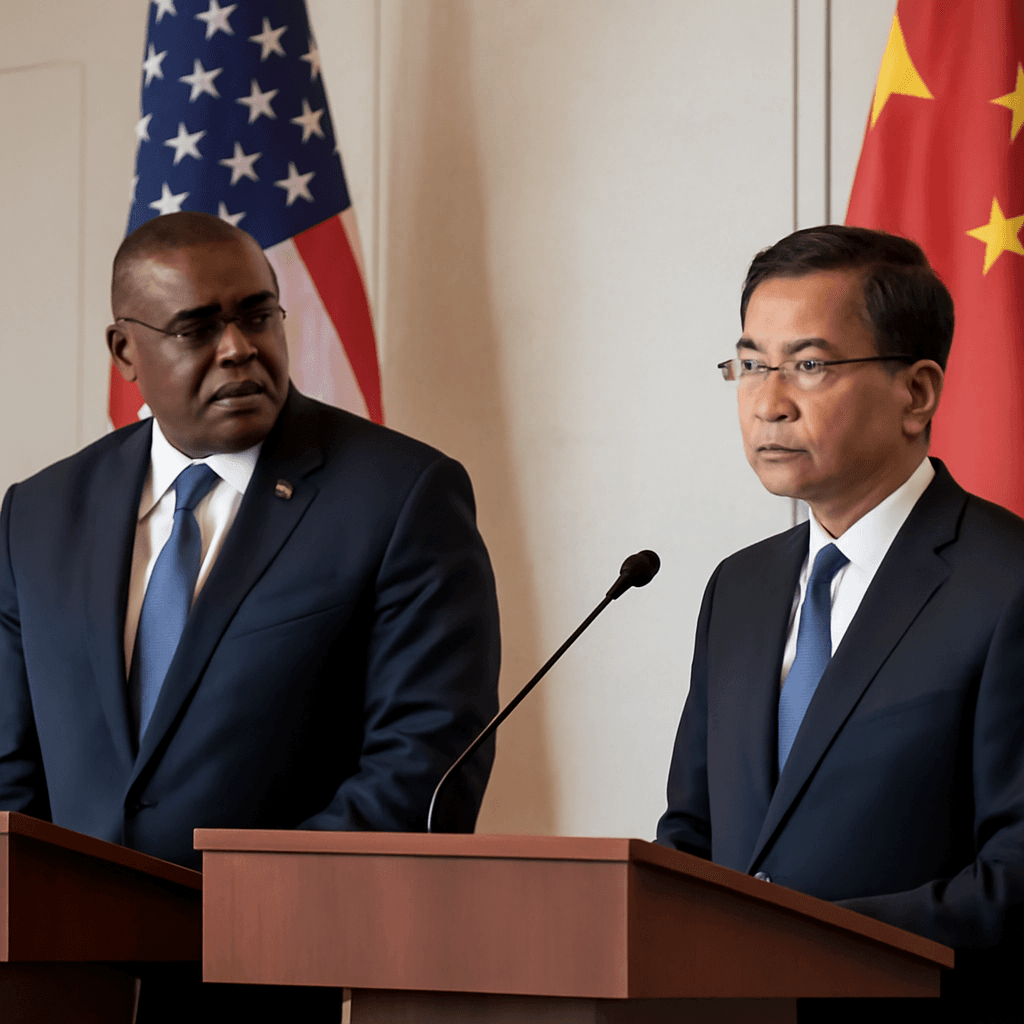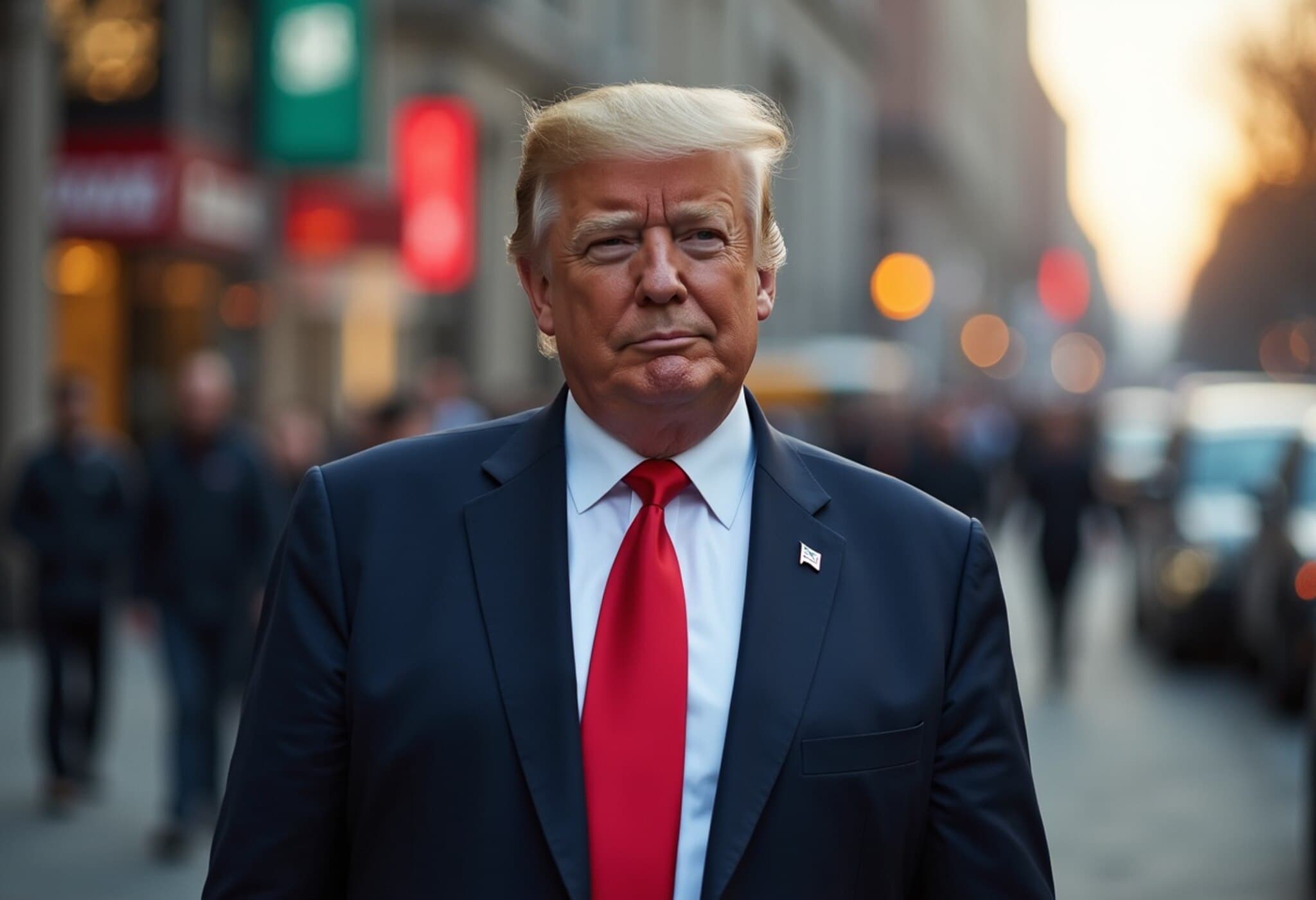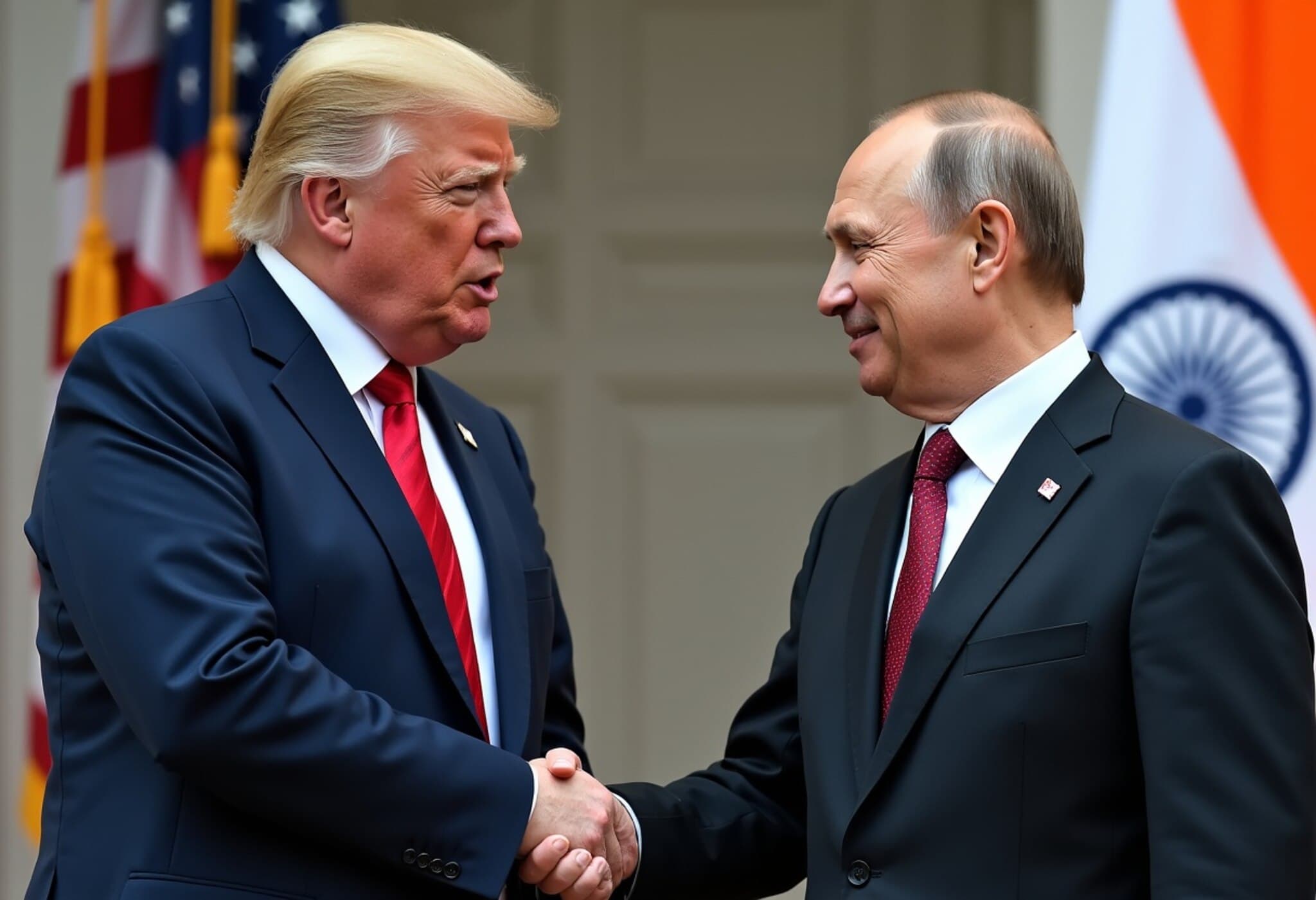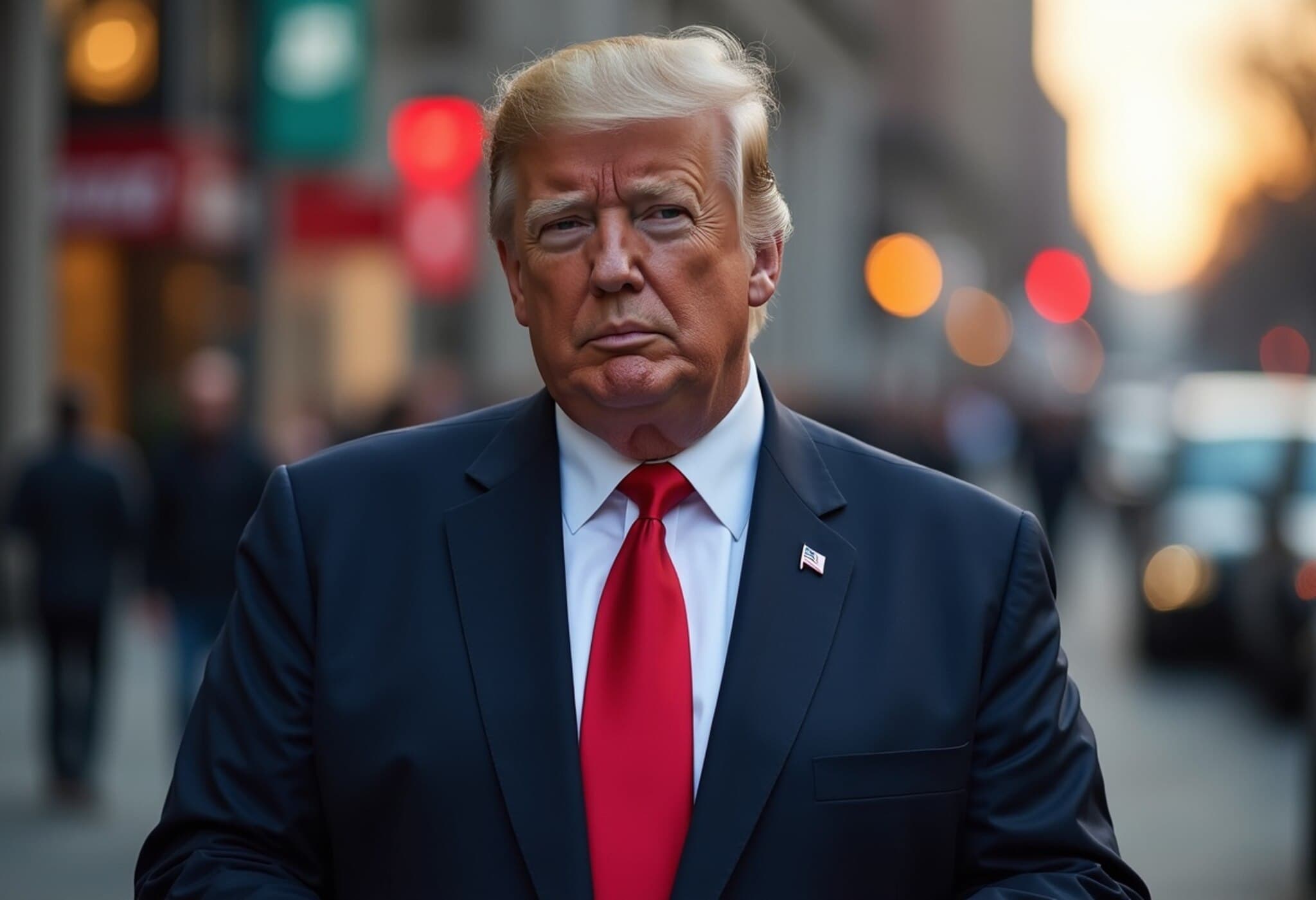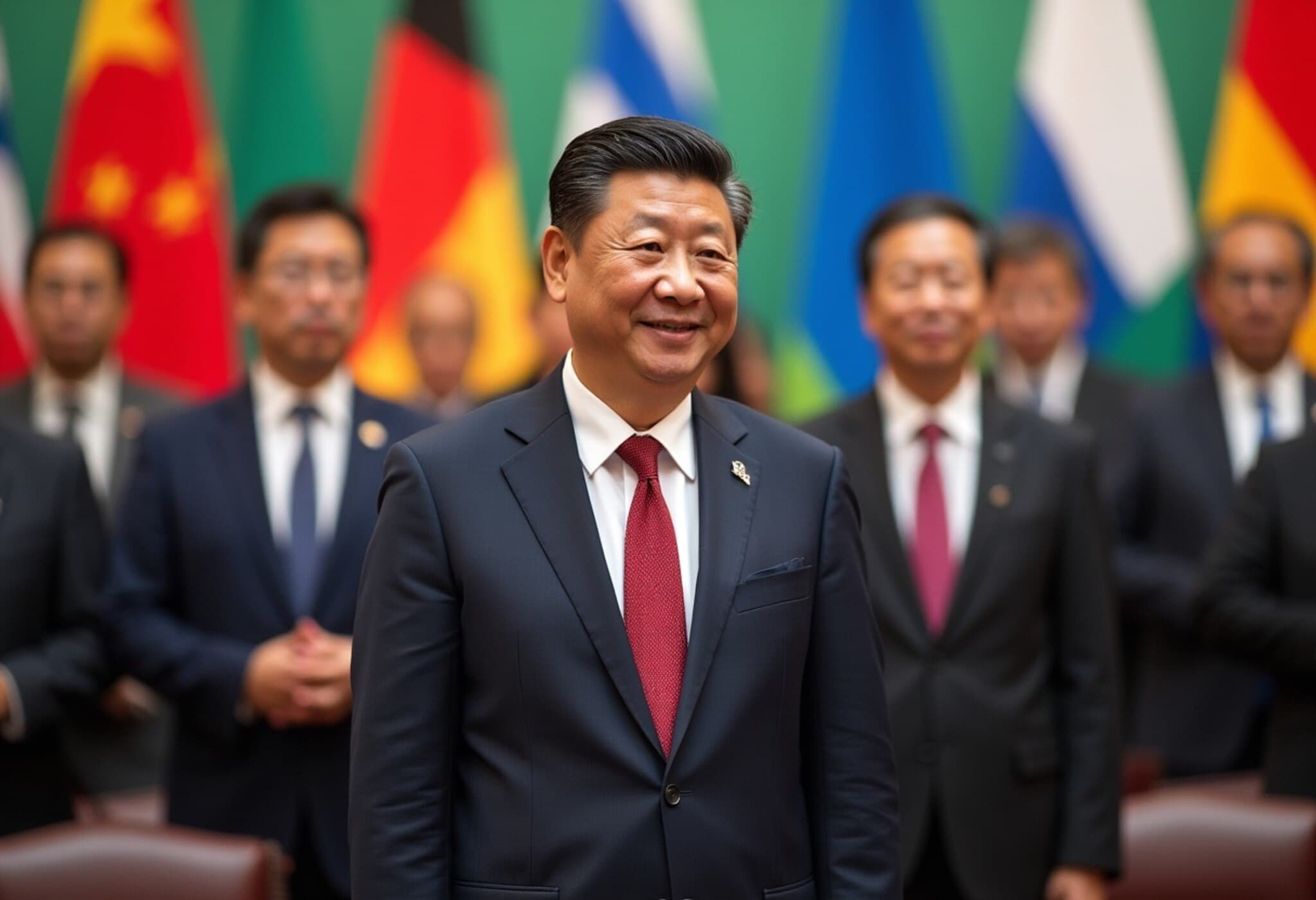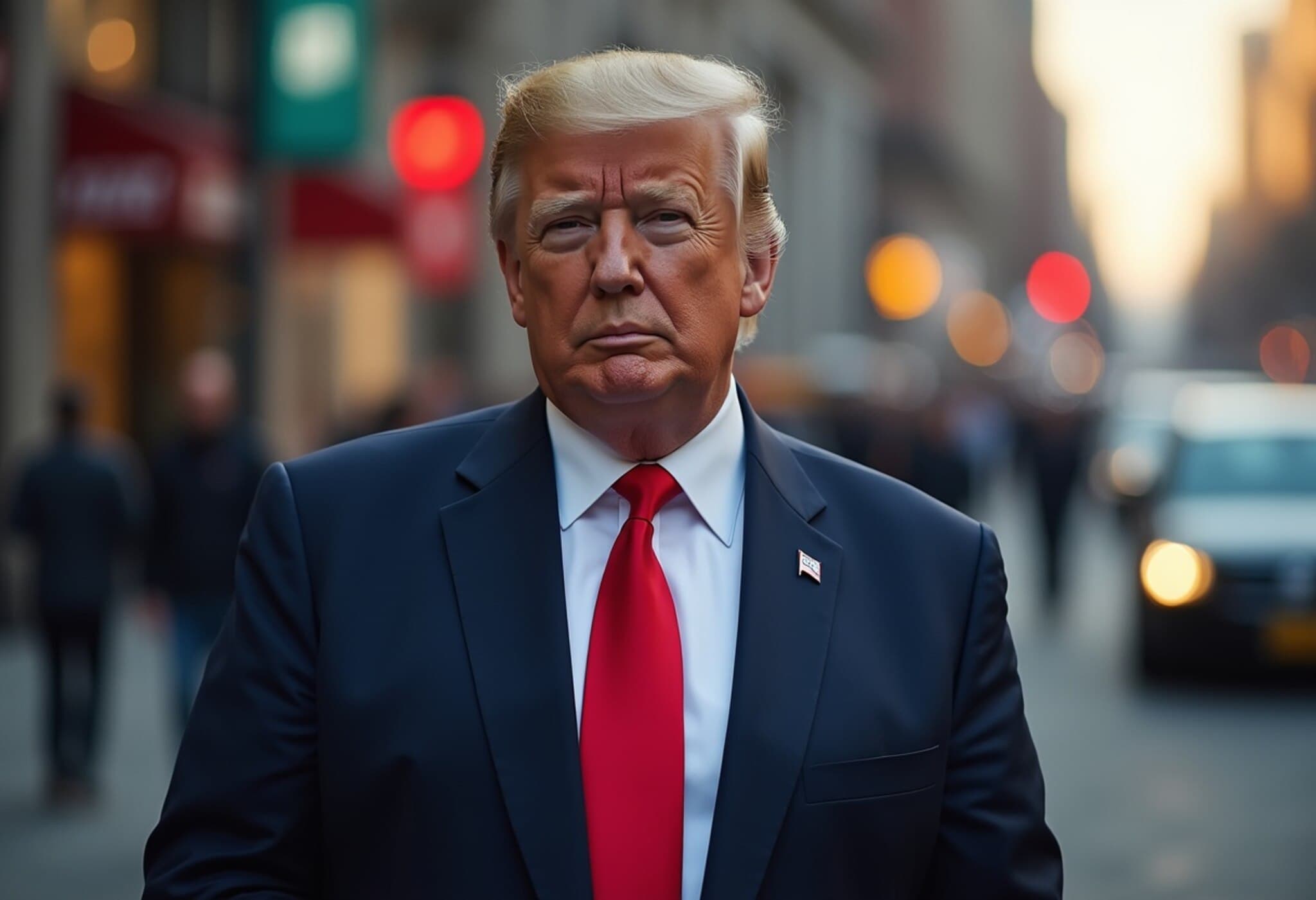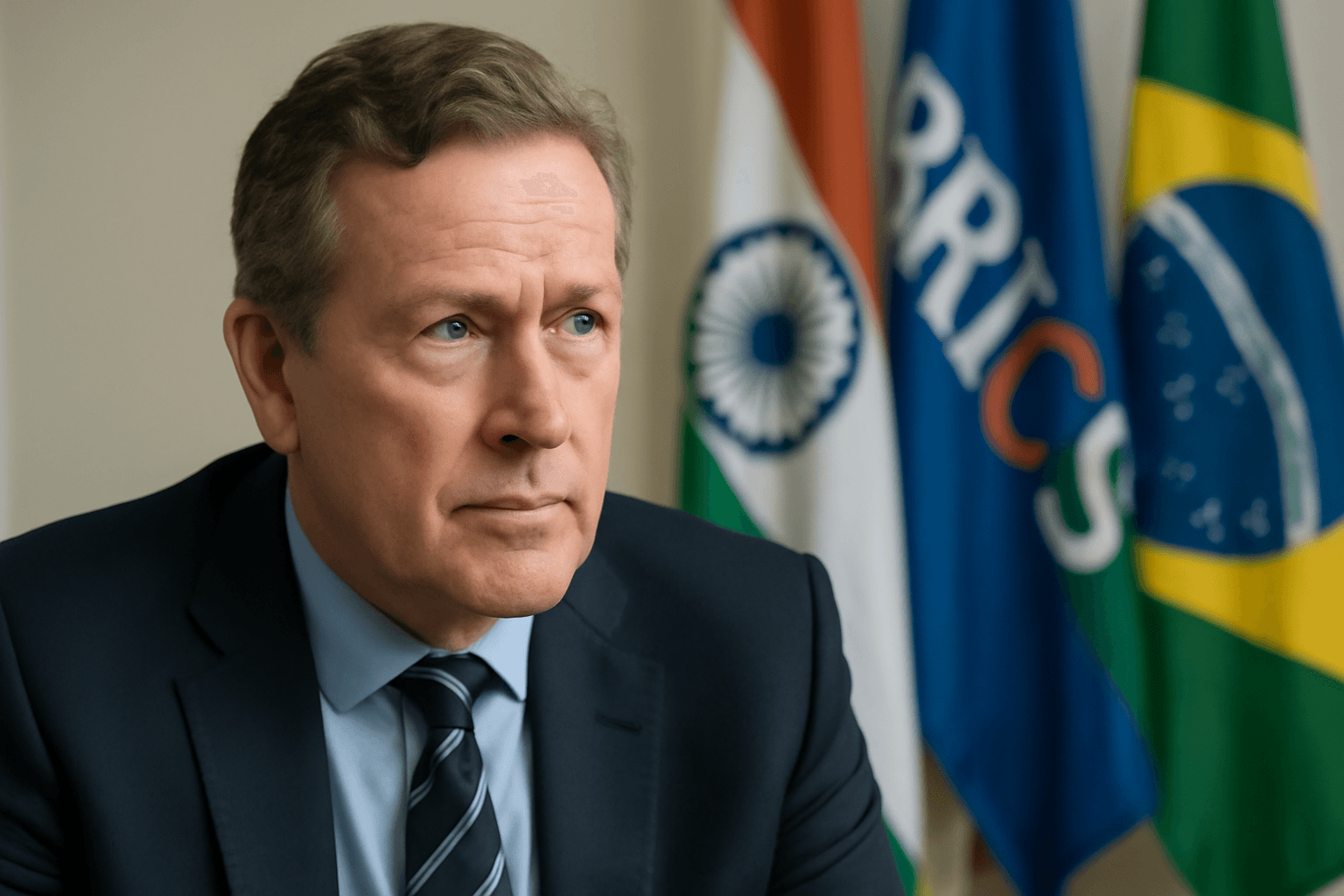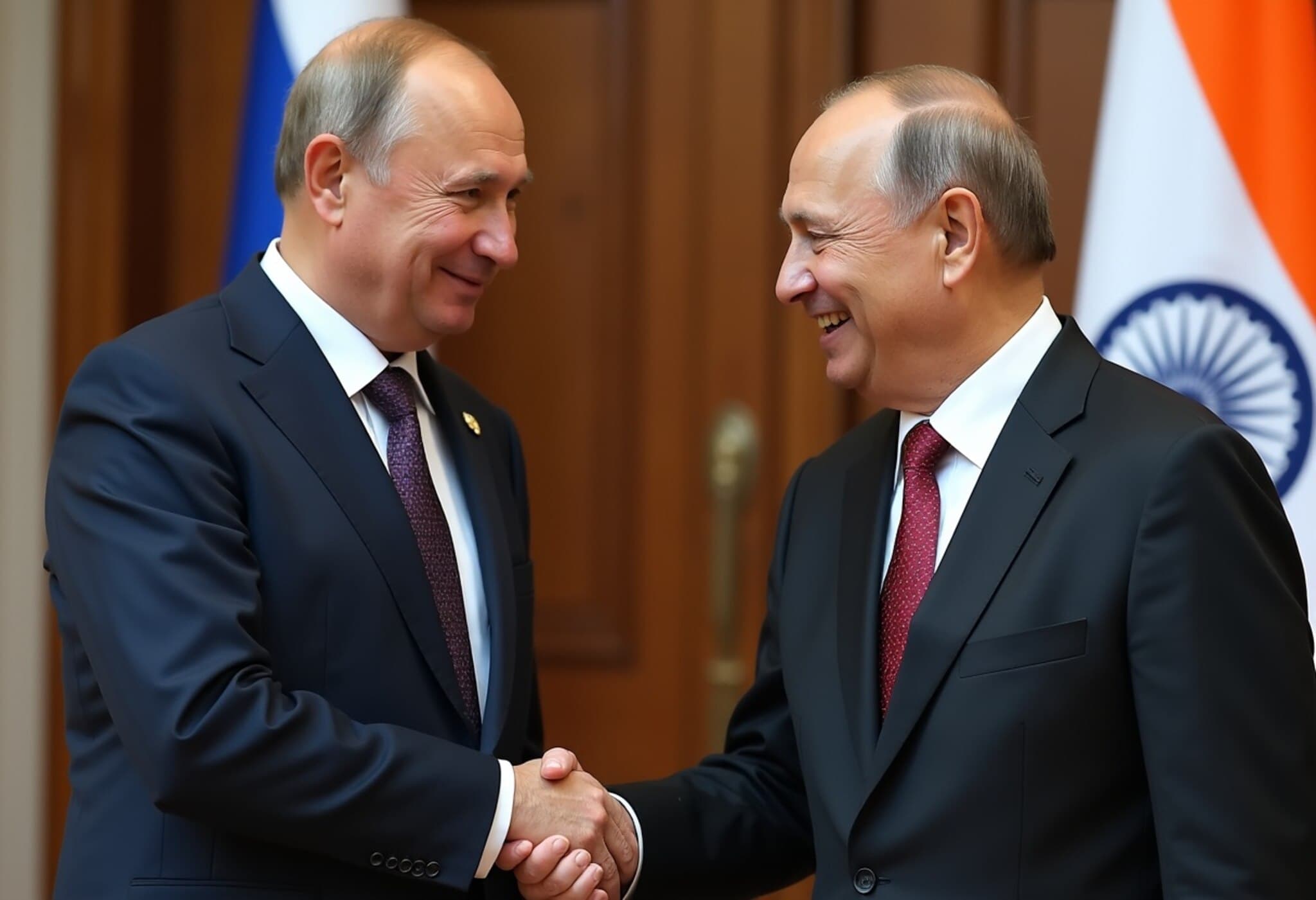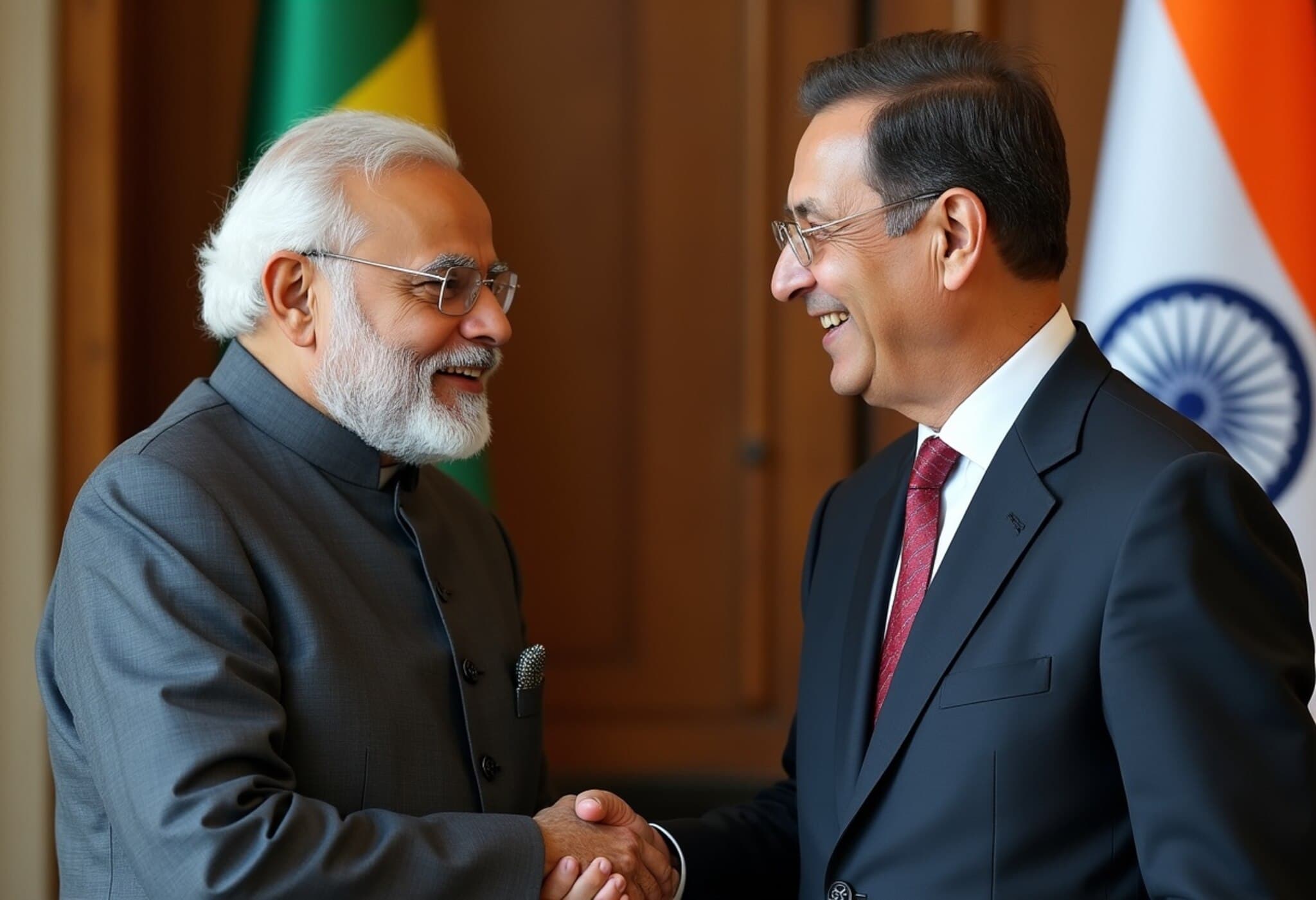US Tariff Strategy Against BRICS: A Geopolitical and Economic Power Play
Former US President Donald Trump’s aggressive tariff policies have reverberated across the global economic landscape, with his administration imposing steep tariffs on all founding members of the BRICS bloc — Brazil, Russia, India, China, and South Africa. These moves underscore a broader strategy aimed at reshaping trade dynamics, addressing perceived economic imbalances, and countering the BRICS’ growing efforts to challenge US financial hegemony.
Understanding BRICS and Its Global Significance
BRICS, an acronym for Brazil, Russia, India, China, and South Africa, represents a coalition of some of the world’s fastest-growing emerging economies. Established initially as BRIC in 2009 and later joined by South Africa in 2010, the bloc aims to foster cooperation in economic, political, and developmental arenas.
This grouping has increasingly been viewed by Washington with suspicion, especially as BRICS countries explore alternatives to the US dollar in trade (a process known as de-dollarisation), which could potentially undermine dollar dominance in global markets. Trump openly called BRICS 'anti-American,' framing the bloc’s ambitions as threats to US economic leadership.
Trump’s Tariffs: A Targeted Approach Across BRICS Nations
- China: The first and most prominent target of Trump’s tariff barrage, reaching a peak of 145% in April 2025. Tariffs have since been reduced to 30%, but the door remains open for further increases amid ongoing trade tensions.
- India: After failed trade negotiations, India faced reciprocal tariffs escalating to an effective 50%. Additionally, India has been hit with secondary sanctions, including an extra 25% tariff imposed for continuing purchases of Russian oil, highlighting US efforts to curtail support to Russia amid global sanctions.
- Russia: Although exempted from new 'Liberation Day Tariffs' due to existing US sanctions related to the Ukraine conflict, Russia remains isolated economically by secondary sanctions affecting its trade partners like India and China.
- Brazil: Strikingly subjected to a massive 50% tariff spike recently, despite the US lacking a trade deficit with Brazil. This move appears politically motivated, partly responding to Brazil’s judicial actions against former President Jair Bolsonaro and perceived threats to American business interests.
- South Africa: Tariffed at 30%, the US accusations against South Africa center on alleged discrimination against its white minority and political tensions that have strained bilateral ties.
Expert Perspective: Economic Tools as Political Weapons
Trade experts observe that while tariffs ostensibly address economic imbalances—like trade deficits—they often serve as instruments of foreign policy. The US tariffs on BRICS countries blur the lines between economic policy and geopolitics, as they coincide with broader Western attempts to contain emerging powers and preserve dollar dominance.
For example, the secondary sanctions on India linked to Russian oil purchases not only punish Russia but also pressure nations reluctant to isolate Moscow fully, complicating diplomatic relations.
Dr. Amelia Hartman, a senior fellow at the Council on Foreign Relations, notes:
"Trump’s tariff strategy reveals a broader pattern of weaponizing economic policy to achieve political ends. It's not just about trade deficits but about reshaping global power structures and asserting US dominance in an increasingly multipolar world."
The US-BRICS Dynamic: Challenges and Consequences
By aggressively targeting BRICS members with tariffs, the US risks pushing these countries closer together, potentially accelerating their collaborative efforts to bypass the dollar and develop alternative financial architectures. This dynamic creates a feedback loop where punitive US measures reinforce the very trends Washington fears.
Moreover, such tariffs can disrupt global supply chains, increase costs for American consumers and businesses, and create retaliatory actions that cloud international trade stability.
In Search of Balance: What’s Next for US-BRICS Relations?
As economic realities evolve, policymakers face the challenge of balancing national interests with the benefits of cooperation. There is growing consensus among economists that a more nuanced approach to trade disputes—one that fosters dialogue and shared growth—is critical for global economic stability.
Whether future administrations will continue this confrontational tariff strategy or pivot toward engagement remains to be seen. The stakes are high: how the US navigates its relationships with these emerging powers will shape global economics and geopolitics for decades.
Editor’s Note
Donald Trump’s tariff campaign against all founding BRICS members reflects a distinct moment in international trade history, where economic policy is tightly woven with geopolitical strategy. While tariffs are often justified by trade imbalances, their use as political leverage raises critical questions about the future of globalization, the resilience of multilateral institutions, and the ongoing contest for economic influence in a shifting world order. Readers should consider how such policies affect not just national economies but the broader fabric of international cooperation.

